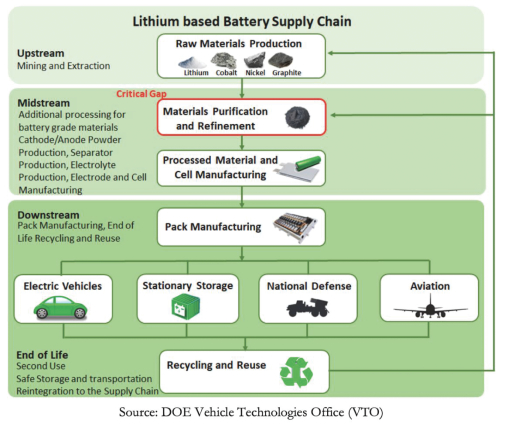CERTAIN RELATIONSHIPS AND RELATED PARTY TRANSACTIONS
On August 4, 2021, our sponsor purchased an aggregate of 7,187,500 founder shares for a purchase price of $25,000, or approximately
$0.003 per share. The number of founder shares outstanding was determined based on the expectation that the total size of this offering would be a maximum of 28,750,000 units if the underwriters’ over-allotment option is exercised in full, and
therefore that such founder shares would represent 20% of the outstanding shares after this offering. Prior to this offering, Pala will purchase a portion of the founder shares from our sponsor. Up to 937,500 of the founder shares will be forfeited
depending on the extent to which the underwriters’ over-allotment is exercised.
If we increase or decrease the size of the offering,
we will effect a share dividend or share contribution back to capital or other appropriate mechanism, as applicable, with respect to our Class B ordinary shares immediately prior to the consummation of this offering in such amount as to
maintain the number of founder shares at 20% of our issued and outstanding ordinary shares upon the consummation of this offering.
Our
sponsor and Pala have committed, pursuant to written agreements, to collectively purchase an aggregate of 7,500,000 private placement warrants (or 8,250,000 warrants if the underwriters’ over-allotment option is exercised in full), at a price
of $1.00 per warrant, or $7,500,000 in the aggregate (or $8,250,000 if the underwriters’ over- allotment option is exercised in full), in a private placement that will occur simultaneously with the closing of this offering. Each private
placement warrant entitles the holder to purchase one Class A ordinary share at $11.50 per share. The private placement warrants (including the Class A ordinary shares issuable upon exercise of the private placement warrants) may not,
subject to certain limited exceptions, be transferred, assigned or sold until 30 days after the completion of our initial business combination.
We currently utilize office space at 51 NW 26th Street, Suite 533, Miami, Florida 33127 from our sponsor and the members of our management
team. Subsequent to the closing of this offering, we will pay our sponsor $15,000 per month for office space, secretarial and administrative services provided to members of our management team. Upon completion of our initial business combination or
our liquidation, we will cease paying these monthly fees.
No compensation of any kind, including finder’s and consulting fees, will
be paid by the Company to our sponsor, executive officers and directors, or any of their respective affiliates, for services rendered prior to or in connection with the completion of an initial business combination. However, these individuals will
be reimbursed for any out-of-pocket expenses incurred in connection with activities on our behalf such as identifying potential target businesses and performing due
diligence on suitable business combinations. Our audit committee will review on a quarterly basis all payments that are made to our sponsor, executive officers, directors or our or their affiliates.
Prior to the closing of this offering, our sponsor may loan us funds to be used for a portion of the expenses of this offering. These loans
would be non-interest bearing, unsecured and are due at the earlier of March 31, 2022 or the closing of this offering.
Our sponsor has committed to loan us an aggregate of up to $1,500,000 for working capital purposes, at our request. Such working capital loans
will be convertible into private placement warrants, each exercisable to purchase one Class A ordinary share at $11.50 per share, at a price of $1.00 per warrant, or up to $1,500,000 in the aggregate. In addition, in order to finance
transaction costs in connection with an intended initial business combination, our sponsor or an affiliate of our sponsor or certain of our officers and directors may, but are not obligated to, loan us additional funds as may be required on a non-interest basis. If we complete an initial business combination, we would repay such loaned amounts. In the event that the initial business combination does not close, we may use a portion of the working capital
held outside the trust account to repay such loaned amounts but no proceeds from our trust account would be used for such repayment. Up to $1,500,000 of such loans may be convertible into warrants of the post business combination entity at a price
of $1.00 per warrant at the option of the lender. The warrants would be identical to the private placement warrants. Except as set forth
137
